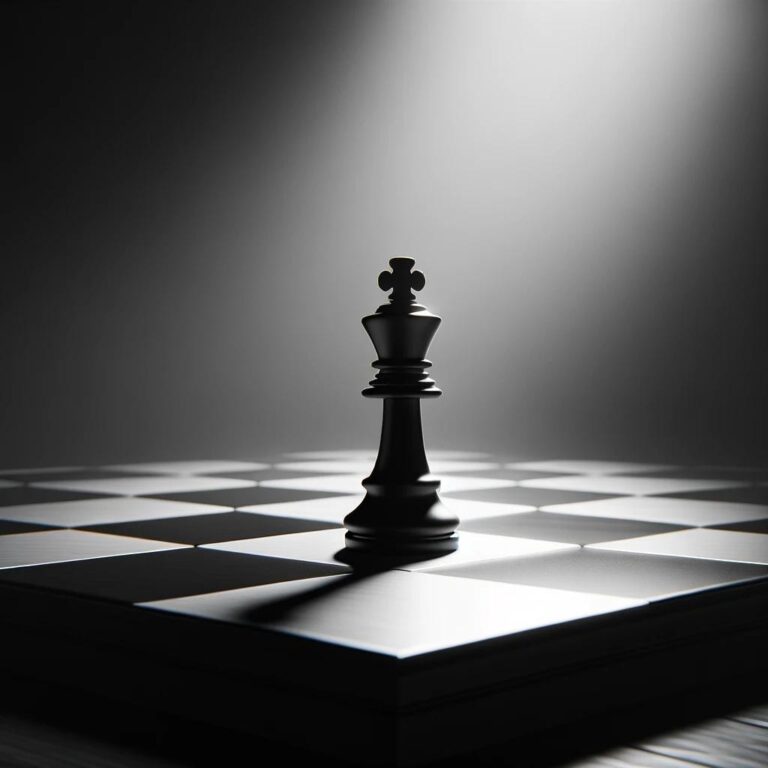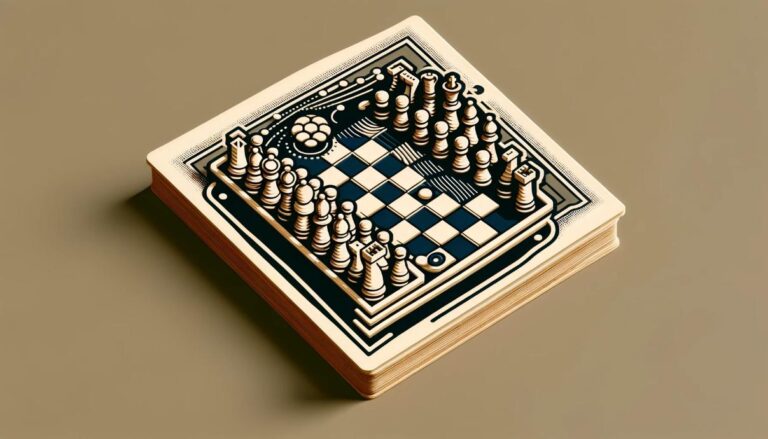The Concept of Checkmate
Chess is a strategic board game that has been played for centuries and is still popular today. It is a game that requires critical thinking, planning, and foresight to outmaneuver and defeat an opponent. One of the most crucial concepts in chess is checkmate, which is the ultimate goal of the game. Checkmate is the move that signals the end of the game, and it is achieved when a player successfully traps their opponent´s king in a position where it cannot escape capture. In this section, we will dive into the specifics of what checkmate is and its significance in the game of chess.
The Mechanics of Checkmate
To understand checkmate, it is essential to understand the basic movements of the pieces in chess. Each piece has its unique set of moves, and some have restrictions, such as the knight, which can only move in an L-shaped pattern. The king can only move one square in any direction, while the queen, rook, and bishop can move any number of squares in a straight line, horizontally, vertically, or diagonally, respectively. The pawn can only move one square forward, except for its first move, where it has the option to move two squares.
The Significance of Checkmate
Checkmate is the ultimate goal of the game of chess, and it is the presentation of the most superior strategic skill. It is a literal representation of one player outsmarting and outmaneuvering the other. In chess, each player has an equal chance of winning, and the outcome is entirely based on their mental ability and strategic planning. A checkmate signifies a well-executed plan and the successful execution of that plan. It is a moment of triumph that is celebrated by the player and acknowledged by their opponent.
Types of Checkmate
In chess, there are different types of checkmate, and each has its unique name and method of execution. The most common type is the “basic” or “traditional” checkmate, where the king is trapped by the opponent´s queen and a rook or two rooks. This is achieved by cornering the king with check after check until it has no legal moves left. Another type is the “smothered” checkmate, which happens when the opponent´s king is surrounded by its own pieces, making it impossible to move out of check. The “back-rank” checkmate occurs when the opponent´s king is trapped on its first rank with a rook or a queen, and its escape is blocked by its own pieces. There are many other types of checkmate, each with its unique setup and execution.







